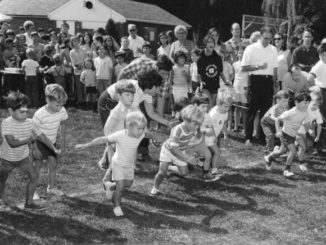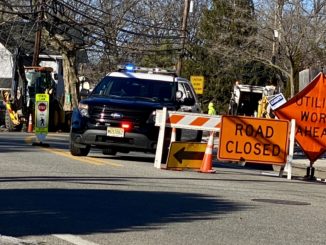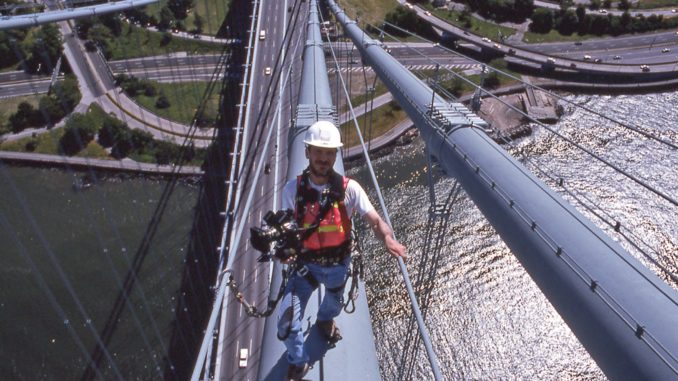
CLOSTER, N.J.—If you have a fear of heights, you may not want to look too closely at the scores of never-before-seen high-altitude views that illustrate local photographer Dave Frieder’s newly released collection of photographs—featuring up-close and panoramic views taken from high atop nearly two dozen New York City bridges.
Titled “The Magnificent Bridges of New York City,” the beautifully illustrated photographic compilation took nearly three decades—from conception to completion—and Frieder became an accidental expert on bridge design, architecture, and engineering in the process.
The 220-page coffee table book includes photographs that put Frieder at heights he never imagined. Surprisingly, he said he was never frightened or scared while scaling some of New York City’s highest and best known bridges.
Frieder, who started taking photographs at 7, said he was inspired by renowned photographer Ansel Adams. After pursuing his photographic passion for a while, he was encouraged by one of Adams’s assistants, who provided a critical eye and pushed Frieder to continue his photographic pursuits.
Frieder said he began photographing New York City’s bridges in 1993 and had regular—and in some cases, unprecedented—access that allowed him to shimmy up long support beams between highly taut steel cables and wires and capture rarely seen images of longstanding, often unnoticed bridges critical to the city’s transportation infrastructure.
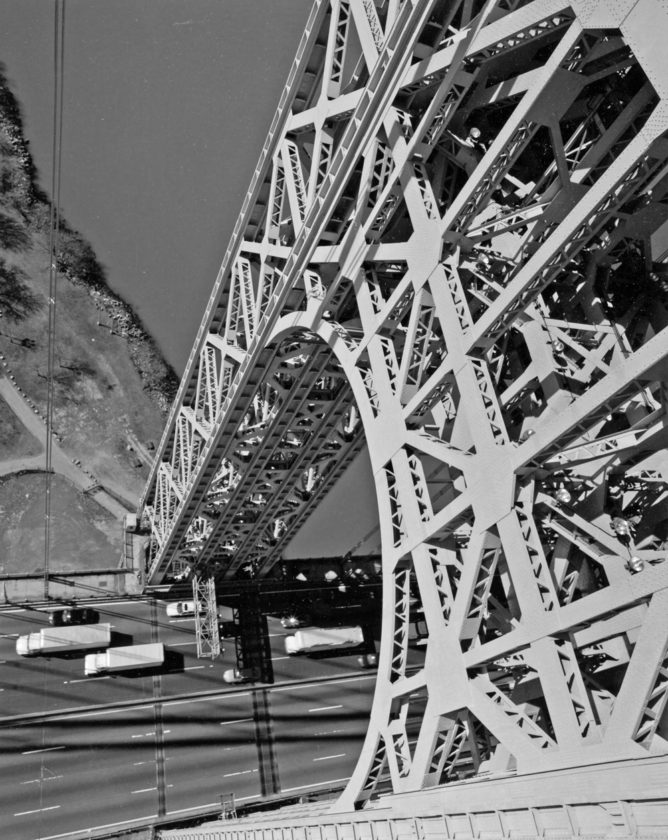
25 years to complete
“When I first started this project I had no idea it would take more than 25 years to complete. I also had no idea how to really photograph the bridges and show them in a unique and different way. All of the hundreds of photographs I have taken and all the hard work I put into this project can be traced back to when I was a small kid,” Frieder said in the book’s preface.
He said his original inspiration to become a photographer was a poster of Adams’s image Moonrise, which his father displayed and admired.
Speaking to Northern Valley Press, Frieder said securing the highly detailed photographs that depict never before seen views of New York City bridges took much time and effort—including working with bridge managers, engineers and officials—and then climbing up and out on bridge stanchions, holding onto cables, with up to 80 pounds of equipment and gear to weigh him down.
‘For the love of it’
“It was a passion of mine—this is done for the love of it, not for the money. I wish I could make some money on it,” Frieder said.
He said that of 1,500 self-published copies, he’s sold approximately 200 so far. He hopes to print a second edition and include additional photos he’s taken since the first edition.
“This took a lot of labor, and many long days of work to make this happen. I loved it,” he said.
He said the book includes precise, detailed information on bridges—information he gleaned from speaking with engineers and bridge managers—which complements the photos in a compendium.
Frieder has been featured on broadcast television interviews discussing his first collection of bridge photos and his love of bridges, photography, and thankfully, heights.
He told Northern Valley Press he had never encountered an issue with heights, climbing or balance—probably due to his 20-plus years of gymnastics and overall physical fitness.
‘The higher the better’
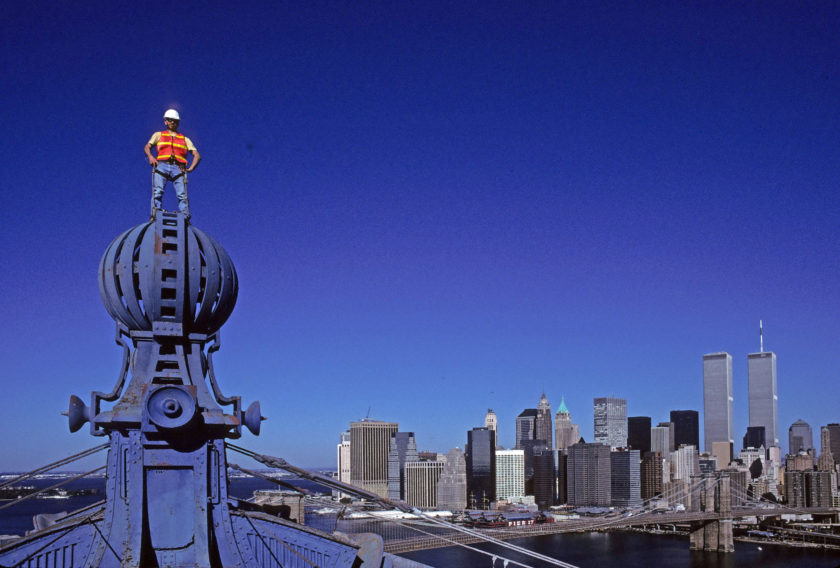
“To me the higher the better. I do respect the heights and danger because otherwise you’re going to get hurt, but these bridges are magnificent and the photos show that,” he said.
He said now he’s paying a price for his years of climbing and physical exertion carrying his gear up and down bridges, but said the result was worth the cost.
From the time he conceived the idea for photographing New York’s “magnificent bridges,” as he describes them, it took him 15 years of requests and persistence before he was granted permission to walk along the main cables of the George Washington Bridge.
He said he was ecstatic when officials allowed him out on the span’s large cable tubes. He said he spent nearly five hours on them, taking photographs and enjoying a once-in-a-lifetime view.
“I actually screamed Yahooo! really loud when I could after I realized they would let me go out,” Frieder said. He added that he always tried to work with the authorities to gain access. In his preface he thanked many officials for their assistance.
He said before the terror attacks of Sept. 11, 2001, he was afforded much access to New York City bridges for nearly eight years. After 9/11, Frieder said it was more and more difficult to gain access to any New York City bridge.
The book is available on Amazon, via davefrieder.com, and by writing the author at drfrieder@aol.com. Copies are $60, plus $15 for shipping.
‘Capturing beauty’
In a foreword, James Starace, chief engineer of the Port Authority of New York and New Jersey said “[Bridges] are often seen merely as structures whose sole purpose is to get us from one place to another as part of our daily travels, while the details of their grandeur go unnoticed. Dave Frieder’s photographs bring New York City’s bridges to life by capturing the inherent beauty of these historic civil engineering landmarks.”
He added, “Whether it’s the arch of the Bayonne Bridge, the intricate cabling of the Brooklyn Bridge, or the iconic steel towers of the George Washington Bridge, Dave Frieder’s photographs reflect the magnificence in these timeless structures.”
Perhaps the most powerful endorsement of Frieder’s photographic skills comes from Kriss Roebling, a relative of Brooklyn Bridge designer and builder John A. Roebling:
“Amongst the many bridges that are represented in this tome is the bridge that my great-great-grandparents built, the Brooklyn Bridge. I am grateful to Dave for leveling his artistic eye on my ancestors’ crowning achievement from vantage points that no average photographer would have the vision, or the courage, to pursue,” Kriss Roebling said.
Roebling added, “His daredevil capacity to capture the uncaptured image reinvigorates the beauty of my ancestors’ work, and delivers that work once again from the realm of visual cliche.”

